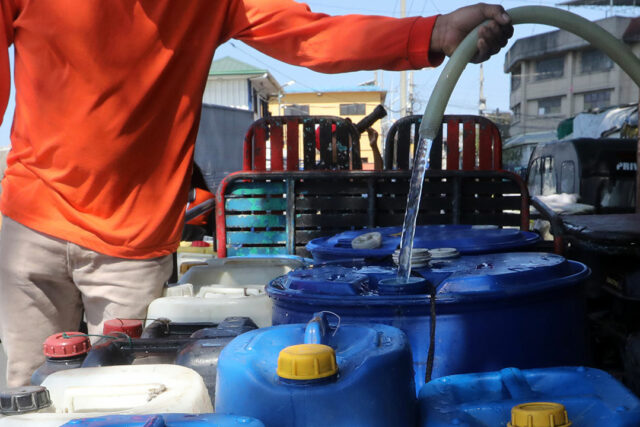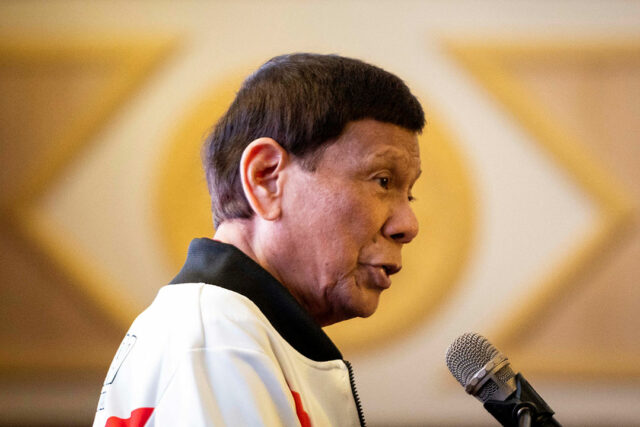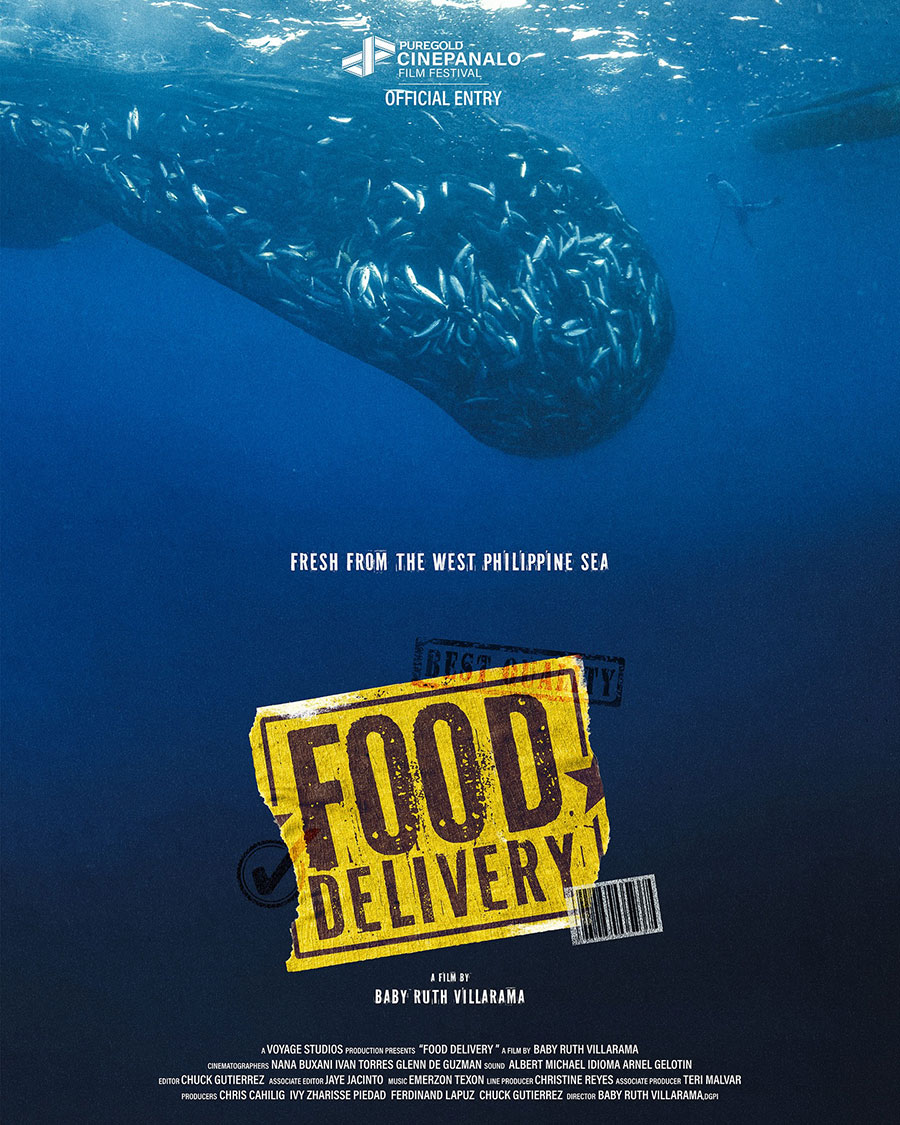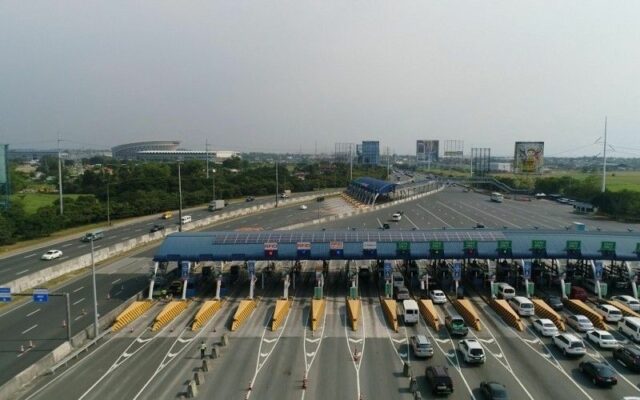Manila Water rate hike to take effect in April

CUSTOMERS of Manila Water Co., Inc. will see higher water bills starting in April as the east zone concessionaire seeks to recover losses incurred from foreign exchange movements, according to the Metropolitan Waterworks and Sewerage System Regulatory Office (MWSS RO).
At the same time, west zone concessionaire Maynilad Water Services, Inc. deferred the implementation of its rate adjustment to the third quarter.
At a briefing on Thursday, MWSS RO Chief Regulator Patrick Lester N. Ty said that the agency approved the tariff increase of P0.04 per cubic meter for Manila Water as part of its foreign currency differential adjustment (FCDA) for the second quarter.
“Because of the FCDA, there is going to be an increase from P0.61 to P0.65 or a P0.04 increase, resulting in an all-in tariff of P61.08 compared to P61.04 [in the first quarter],” Mr. Ty said.
The FCDA is a quarterly reviewed tariff mechanism used by the MWSS. Water concessionaires are allowed to adjust their rates based on fluctuations in foreign exchange rates to manage the impact on their foreign currency-denominated loans. These loans were used to finance the concessionaires’ projects to expand and improve water and sewerage services.
According to Manila Water, the FCDA is based on the peso-dollar exchange rate as of December 2024 versus September 2024.
“There was a 4.24% increase in the USD exchange rate, which a bigger percentage of our loans are denominated in,” it said.
The peso weakened against the US dollar in the fourth quarter of 2024, closing at its record low of P59 thrice (on Nov. 21, Nov. 26, and Dec. 19.).
The peso traded at the P57-P59 per dollar range in the fourth quarter of 2024, and at the P55-P58 per dollar range in the third quarter of 2024.
For the second quarter, Manila Water customers who consume 10 cubic meters or less will see their bills increase by P0.21 to P255.04 from P254.83 in the first quarter.
Those consuming 20 cubic meters will see their monthly bills go up by P0.45 to P563.92, while those consuming 30 cubic meters will see their bills increase by P0.90 to P1,149.65.
Enhanced lifeline customers and low-income customers will not see any bill adjustments.
Meanwhile, the MWSS said Maynilad deferred the implementation of the upward tariff adjustment of P0.09 per cubic meter to the third quarter.
“Maynilad has opted to defer its scheduled adjustment to mitigate the immediate financial pressure to consumers. This deferment, which will see the adjustment applied in the next quarter, is a business decision and it’s not a waiver,” Mr. Ty said.
In a statement, Maynilad confirmed it deferred the FCDA, which was driven by peso depreciation against the dollar. It noted the concession fees or the MWSS loans it “inherited” are largely denominated in US dollar.
“Maynilad regularly evaluates various factors when implementing FCDA adjustments, including foreign exchange movements and their impact on our loan obligations,” it said.
“While the mechanism allows for quarterly adjustments, we considered it prudent to maintain rate stability for this period. Moving forward, FCDA adjustments will continue to be applied as needed, based on prevailing conditions.”
Last year, the MWSS Board of Trustees issued a resolution approving the FCDA guidelines prepared by MWSS RO, which became effective on Aug. 21, 2024.
“Please take note that the two concessionaires will not earn any income for the FCDA. This adjustment, based on the foreign currency exchange fluctuations, is purely pass-on amount and this will not result in any income on the part of Manila Water or Maynilad,” Mr. Ty said.
Beginning January this year, the two concessionaires implemented water rate hikes following the approval of the regulator as part of the third tranche of approved tariffs for the 2023-2027 rate rebasing period.
Rate rebasing is done every five years, accompanied by a performance review and validation of the two concessionaires’ projected cash flows. It also sets the water rates in a manner that allows the water suppliers to recover their expenditures.
Manila Water serves the east zone network of Metro Manila, covering parts of Marikina, Pasig, Makati, Taguig, Pateros, Mandaluyong, San Juan, portions of Quezon City and Manila, and several towns in Rizal province.
Maynilad serves parts of Manila, Quezon City, and Makati, as well as Caloocan, Pasay, Parañaque, Las Piñas, Muntinlupa, Valenzuela, Navotas, and Malabon. It also supplies water to the cities of Cavite, Bacoor, Imus, and the towns of Kawit, Noveleta, and Rosario in Cavite province.
Metro Pacific Investments Corp., which has a majority stake in Maynilad, is one of three Philippine units of First Pacific Co. Ltd., the others being Philex Mining Corp. and PLDT Inc. Hastings Holdings, Inc., a unit of PLDT Beneficial Trust Fund subsidiary MediaQuest Holdings, Inc., has an interest in BusinessWorld through the Philippine Star Group, which it controls. — Sheldeen Joy Talavera





















